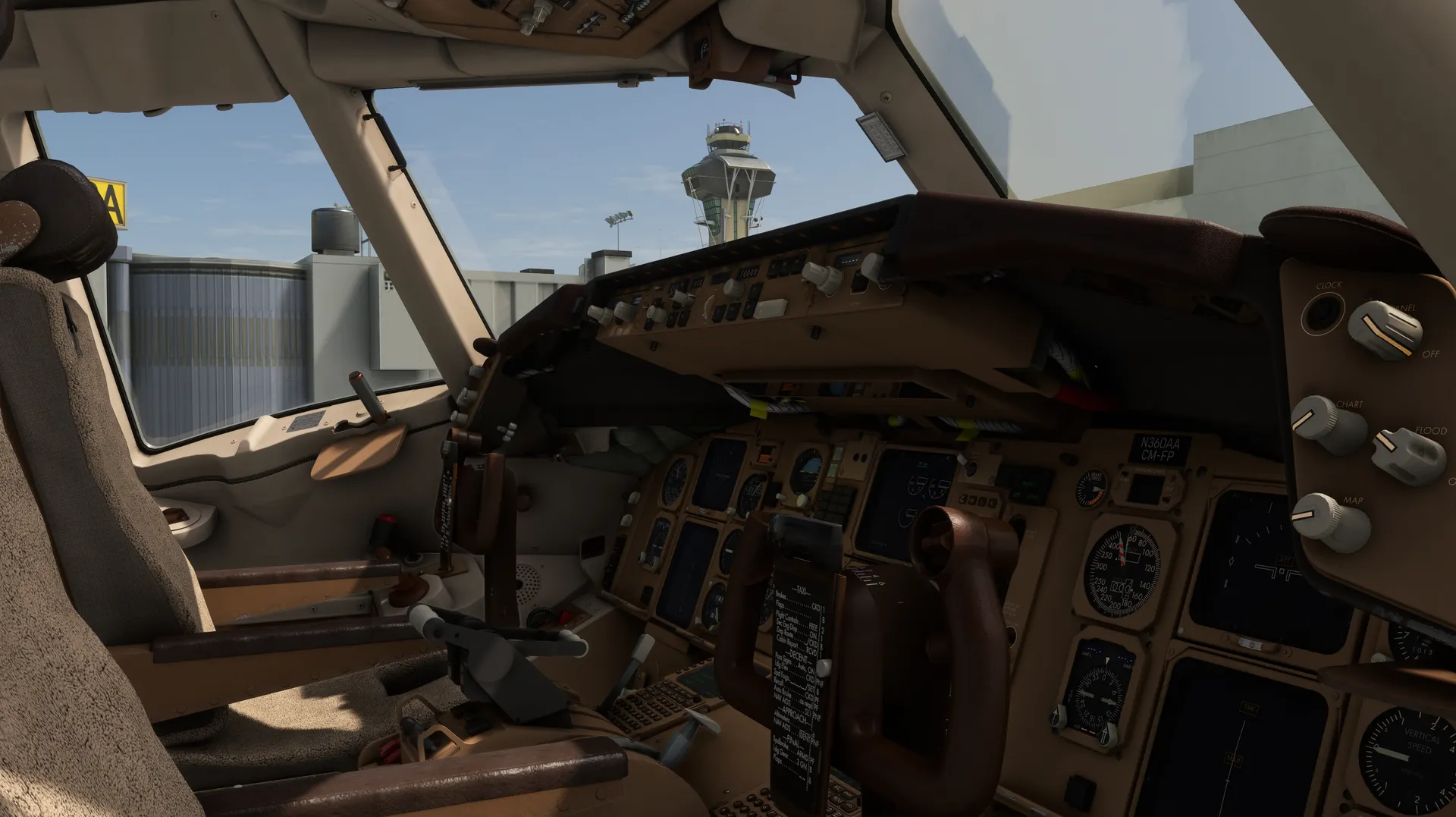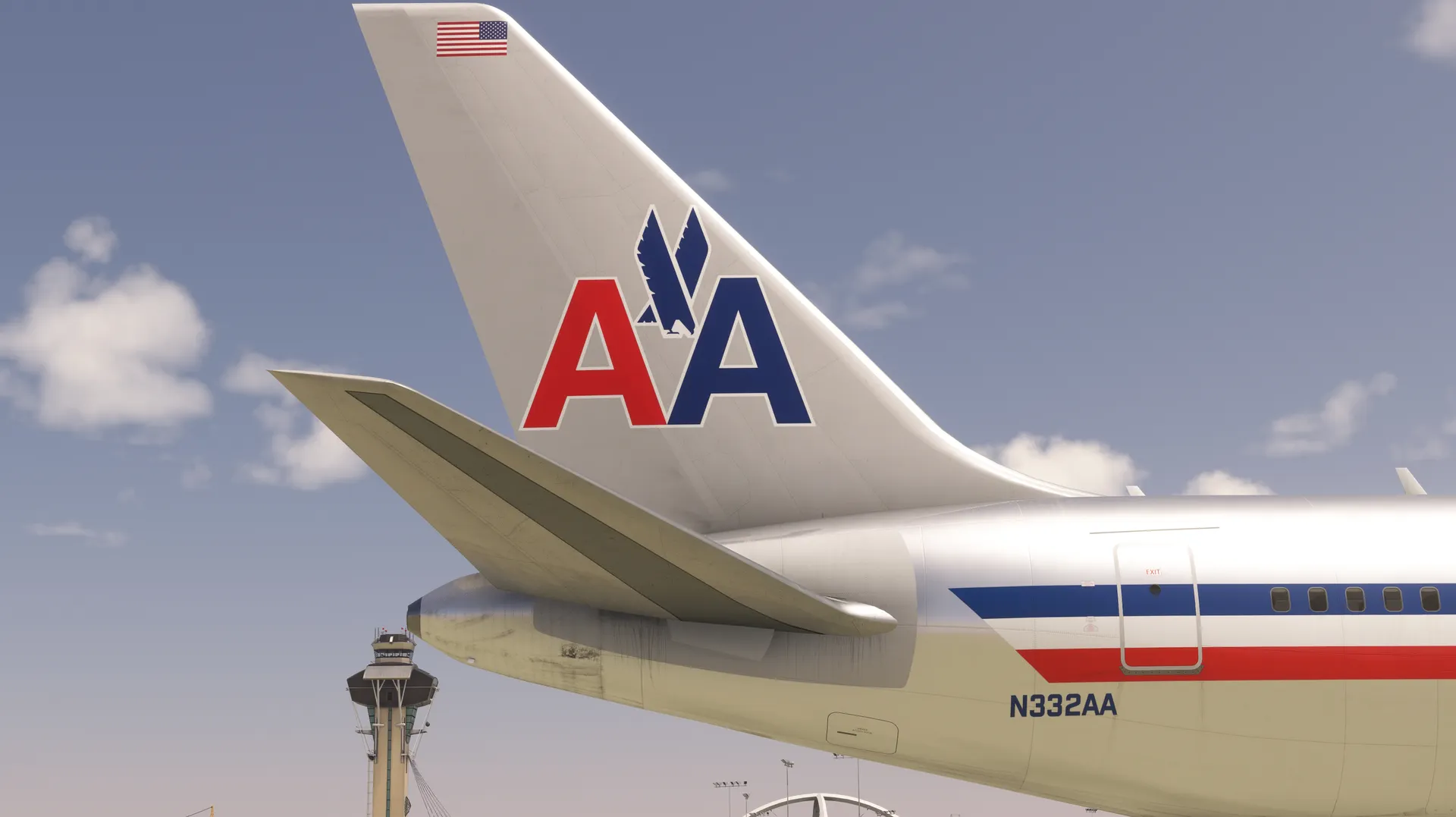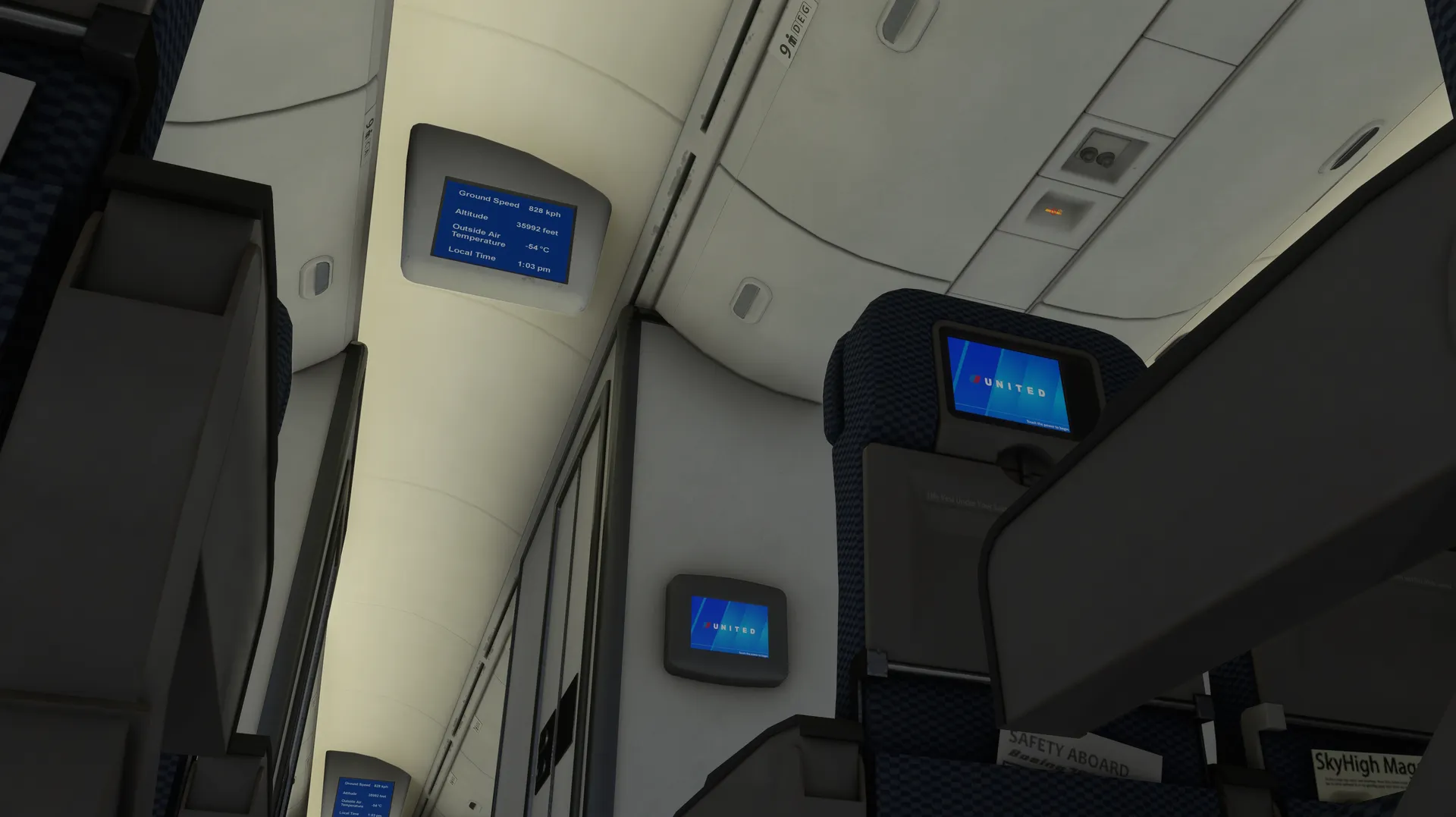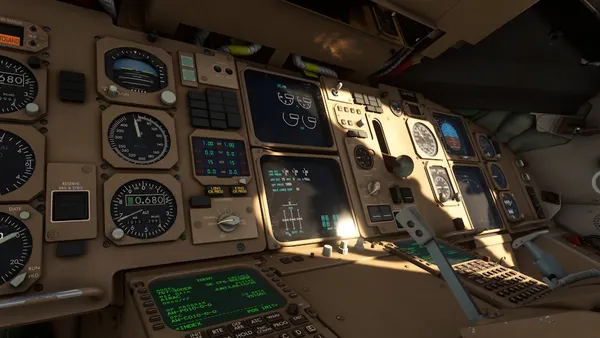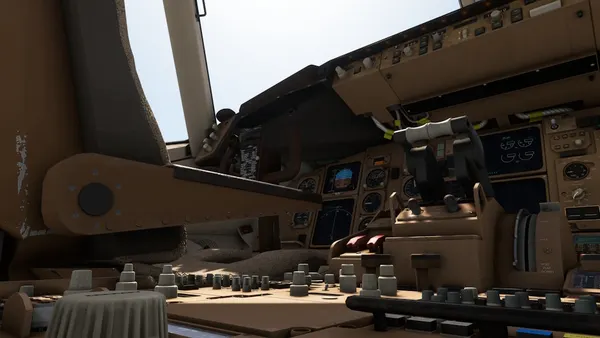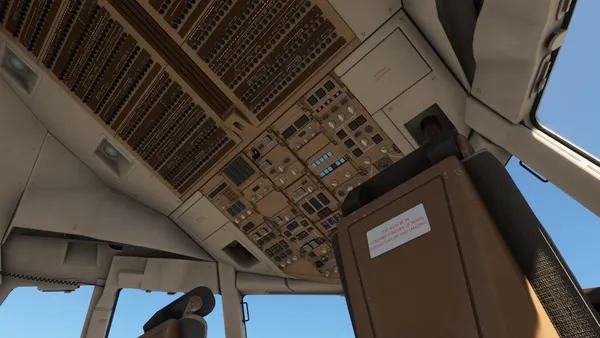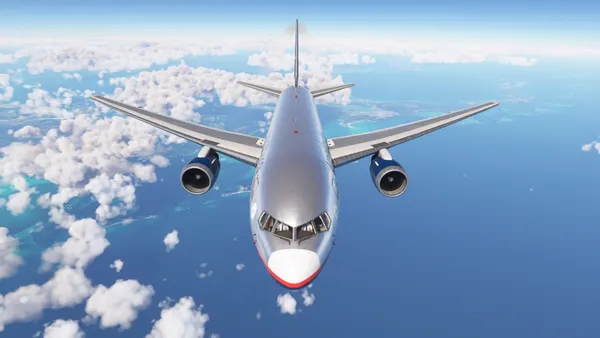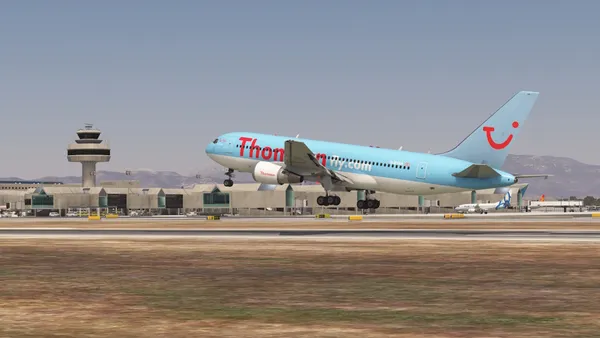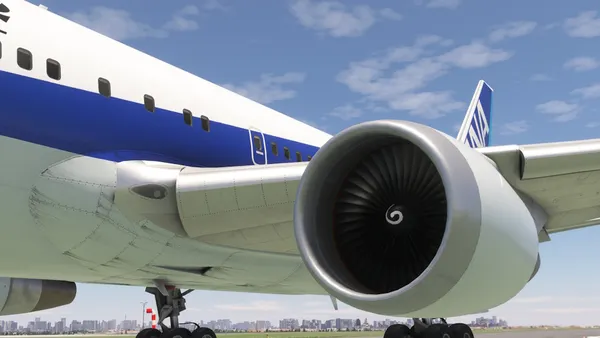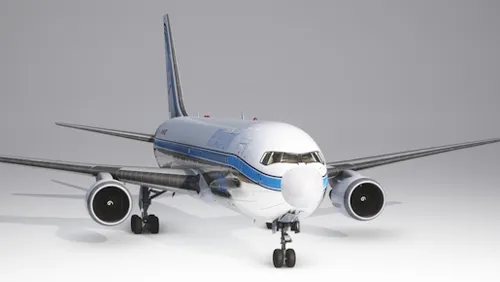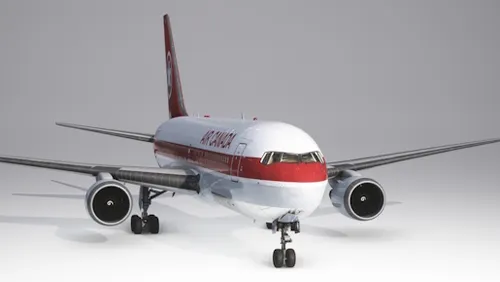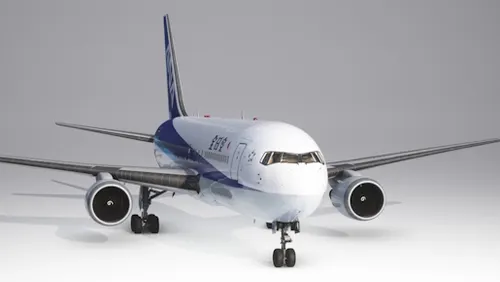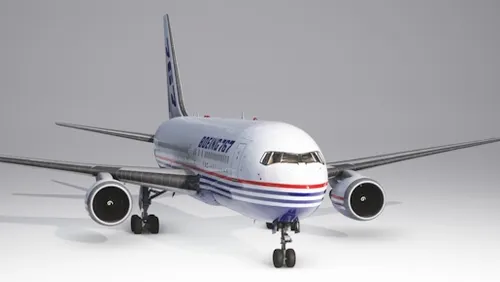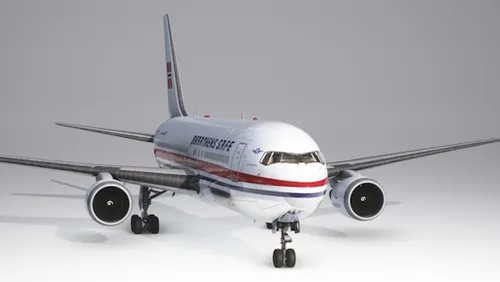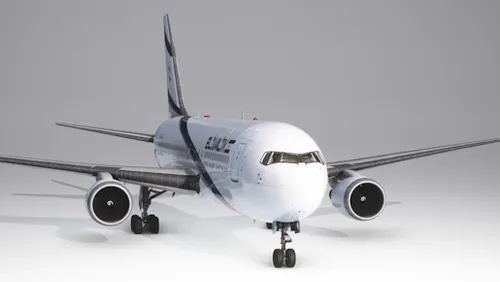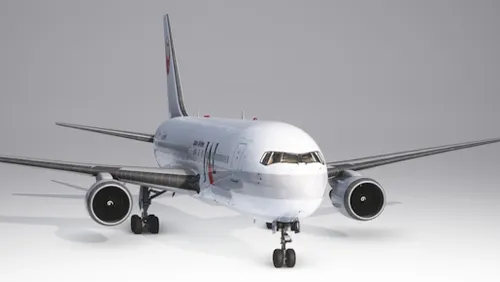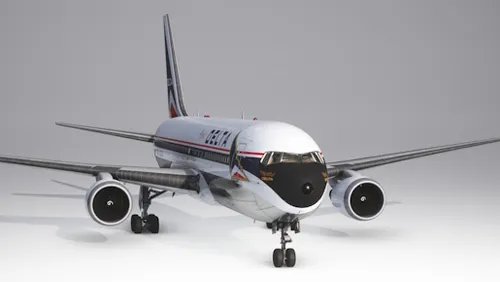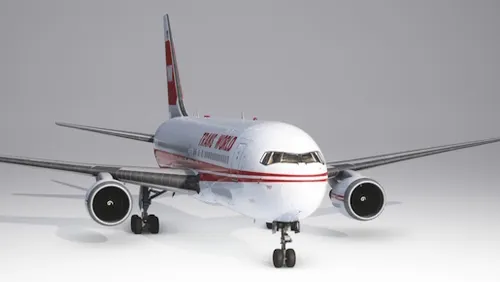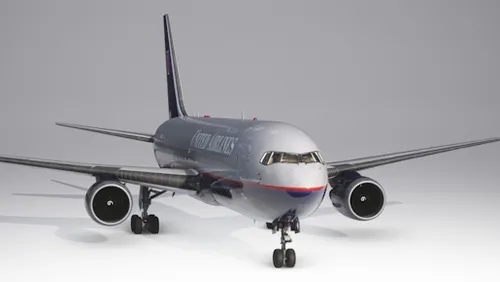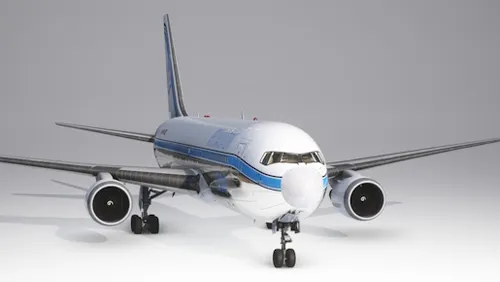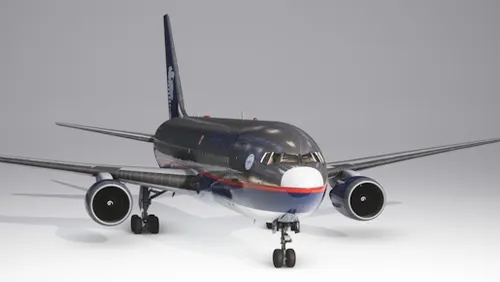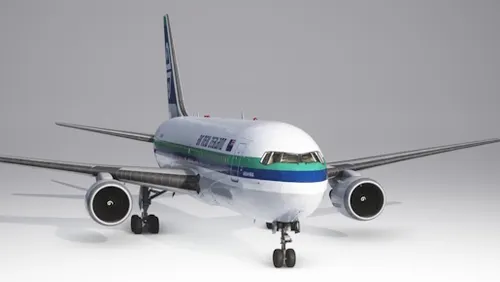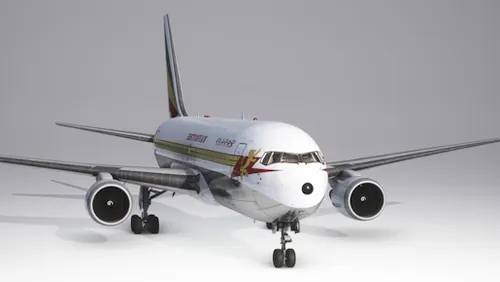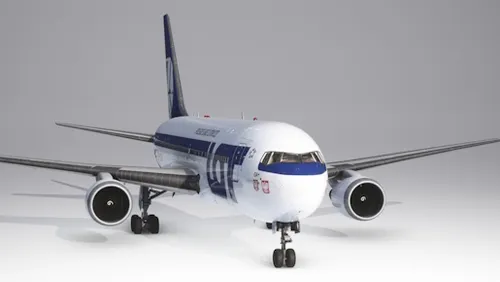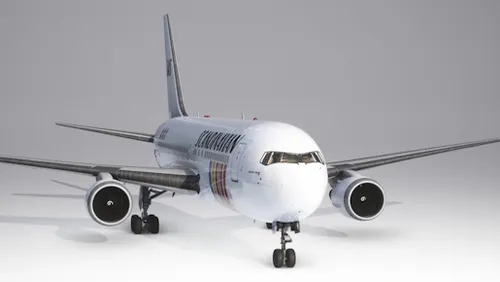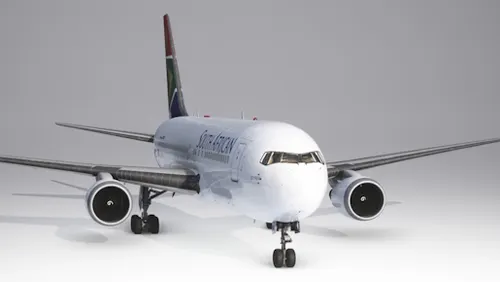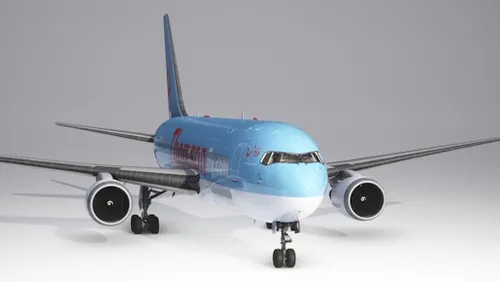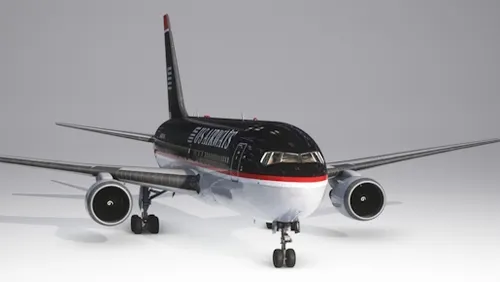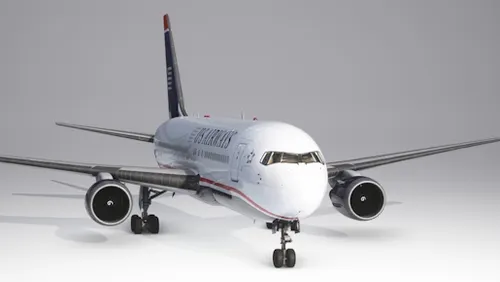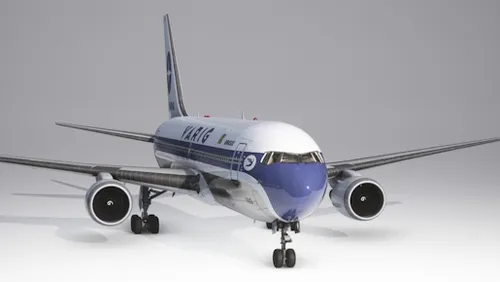- USD 24.99
- View more offers at FS Addon Compare
- Added: May 8, 2025
- Updated: October 9, 2025
The Boeing 767 family marked its manufacturer's first entry into what has become known as the middle of the market in aircraft production. With its typical configuration of 216 seats and two aisles, this was the first time Boeing designed a twin-engined wide-body aircraft, helping revolutionize how we travel.
Of all the variants in the family, the 767-200 was the first to launch passenger services, starting flights with United Airlines in September 1982. The -200 was also quickly followed by the same-sized, but longer ranged -200ER model in 1984. This variant could fly for an impressive 12 200km, nearly that of the modern standards from the 777 and 787. Also helping with the success of the 767, were the new ETOPS regulations from 1985, making transoceanic flights up to 120 minutes from a diversion airport possible. TWA, with their 767-200, were the first to perform such a flight with these standards.
Today the regular 767-200 sees no passenger operators, while the extended range model only has a few airframes left with passenger airlines. While most jets in the 767-200 series have been phased out or converted to freighters, it's still an airplane loved by many, including those in the flight simulator community.
The RHDSimulations 767-200 / 200ER for Microsoft Flight Simulator 2020 has been made from the start to fit the quality standards of this new generation flight simulator.
DETAILED DESCRIPTION
767-200ER - RHDSimulations - Aeromexico - Air China - Air New Zealand - Air Zimbabwe - American Airlines - Continental Airlines - El Al - Ethiopian Airlines - LOT - Polynesian Airlines - SAS - South African Airways - Thomson - US Airways Black - US Airways White - Varig - Generic White livery
Though being to a large degree customized, some systems of the 767 have their roots in default aircraft, such as the 747.





